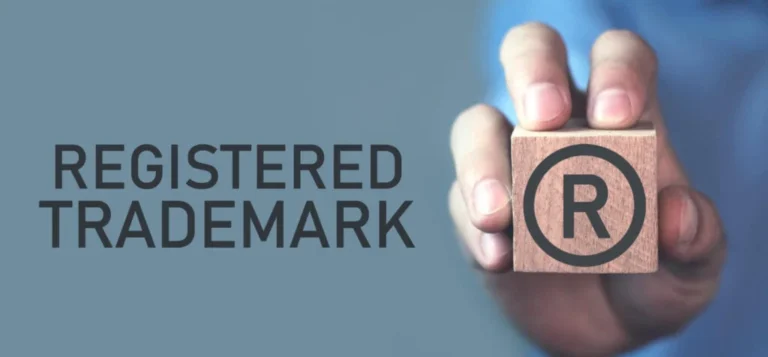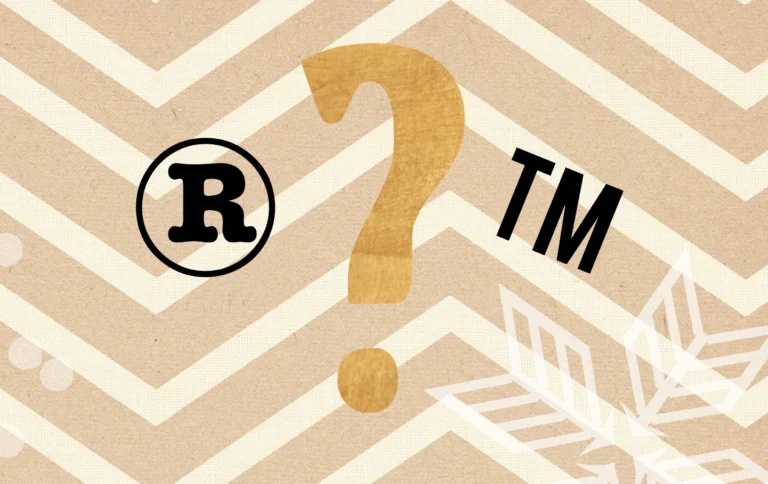Introduction
Imagine discovering a competitor has applied for a trademark that looks or sounds dangerously similar to yours. Instead of waiting until the application is published to formally oppose it, there’s a faster and more affordable option: filing a Letter of Protest with the USPTO.
This often-overlooked tool allows brand owners to quietly flag legal concerns before the application gets approved—saving time, money, and brand equity.
In this blog, we’ll break down exactly how to file a Letter of Protest, why it matters in 2025, and what steps you can take to protect your brand from conflicting marks.
What is a Letter of Protest?
A Letter of Protest is a formal submission to the United States Patent and Trademark Office (USPTO) that alerts an examining attorney to potential issues in a pending application—such as:
- Likelihood of confusion with an existing registered mark
- Descriptiveness or genericness
- Improper specimens
- Evidence of fraud or false association
Unlike a trademark opposition, which occurs after publication, a Letter of Protest happens early in the application process—before the mark is even approved.
Why File a Letter of Protest?
1. Cost-Effective Protection
Filing a Letter of Protest costs only $50 (as of 2025), while a full opposition proceeding can cost thousands.
2. Prevent Trademark Conflicts Early
You can stop problematic marks from advancing to publication, reducing the risk of brand confusion.
3. Remain Anonymous
The applicant never learns who submitted the Letter of Protest, giving you a low-profile way to protect your mark.
When to File a Letter of Protest
The ideal time to submit a Letter of Protest is before the application is approved for publication in the USPTO Official Gazette. Timing is critical—once the mark is published, you must file a formal opposition instead.
Protests are most effective when submitted shortly after the application becomes visible in the TSDR (Trademark Status & Document Retrieval) system.
How to File a Letter of Protest with the USPTO
Step 1: Identify the Conflicting Application
Search the USPTO database or use a watch service to monitor for marks similar to yours.
Step 2: Gather Relevant Evidence
Your protest must include:
- Cited registrations or pending applications
- Evidence showing a likelihood of confusion or other legal issue
- Explanation of why the application should be refused
Note: The USPTO does not allow arguments—only objective, factual evidence.
Step 3: Submit Through the USPTO Portal
Use the USPTO Letter of Protest online form, pay the $50 fee, and upload your documentation.
Step 4: Wait for Review
The Letter of Protest Unit reviews the submission to determine if it’s relevant. If accepted, it will be forwarded to the examining attorney for further consideration.
What Happens After You File?
- If accepted, the evidence is placed in the application’s record.
- The examining attorney may issue an Office Action refusing the application based on your evidence.
- If denied, the protester is not allowed to appeal but may choose to file a formal opposition later.
Tips for a Successful Letter of Protest
Be early — timing is everything
Keep your evidence factual and objective
Avoid legal arguments — only submit relevant data
Monitor USPTO filings weekly
Work with a trademark attorney to ensure accuracy and compliance
Final Thoughts
A Letter of Protest is one of the smartest tools for stopping a conflicting trademark application—especially after the USPTO fee changes in 2025. It offers a fast, affordable, and anonymous way to protect your brand before the damage is done.
Need help filing a Letter of Protest? At IP Bureau, we assist brands globally with monitoring and defending their trademarks against conflict.




